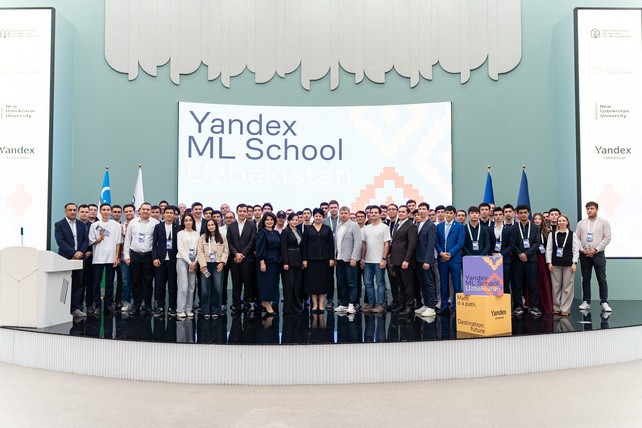Researchers at Linköping University in Sweden have presented an innovative method for recycling solar cells that allows you to reuse all the components of perovskite solar cells without losing efficiency. An important feature of the technology is that it does not require toxic solvents and uses only water, which makes the process environmentally friendly.
In the face of the growing demand for electricity caused by the development of artificial intelligence and the electrification of transport, sustainable energy sources are becoming of strategic importance. However, the disposal of traditional silicon solar panels, whose service life is coming to an end, remains an unsolved problem.
"There are currently no efficient methods for recycling silicon panels, so they are sent to landfills, creating huge amounts of electronic waste," explains Xun Xiao, a postdoc in the Department of Physics, Chemistry and Biology at Linköping University.
Professor of optoelectronics Feng Gao emphasizes that the development of new technologies should take into account the possibility of their processing: "If we don't know how to dispose of them, maybe they shouldn't go on the market."
Perovskite solar cells are a promising alternative to silicon panels. They are cheaper to produce, flexible, lightweight and transparent, and their efficiency reaches 25%, which is comparable to modern silicon analogues. However, the service life of perovskite elements is still shorter, and their processing requires a special approach, given the lead content required for high efficiency.
A new technology developed by Swedish scientists makes it possible to disassemble degraded perovskite layers with the help of water and restore them to their original form. "We can recycle everything from the cover glass to the electrodes and charge transfer layers," Xun Xiao notes.
The method demonstrates the ability to create recycled solar cells with the same efficiency as new ones, which is significantly superior to existing approaches that use toxic substances such as dimethylformamide.
The next stage of the research will be scaling the technology for industrial use. In the long run, scientists are confident that perovskite solar cells will take a significant share in the renewable energy market when creating the appropriate infrastructure.











